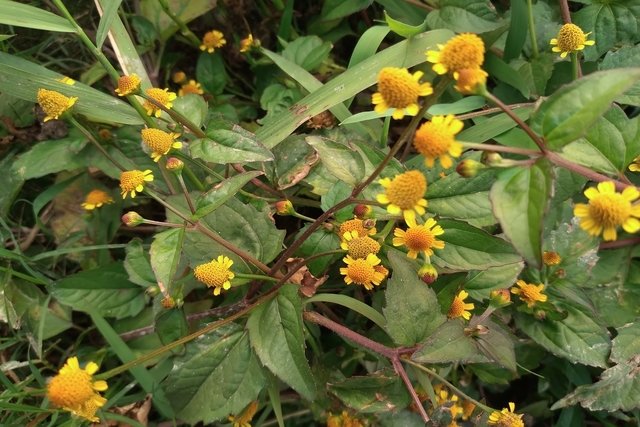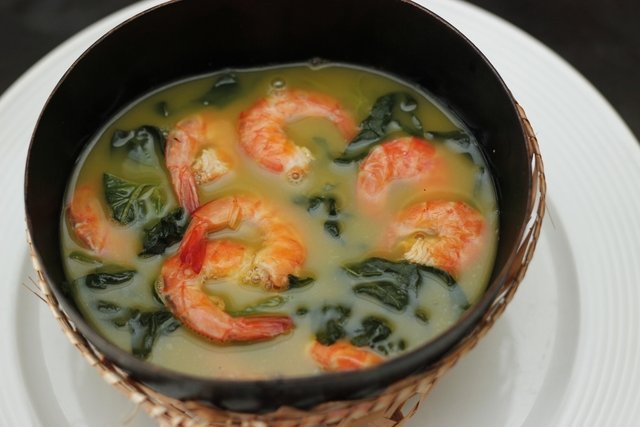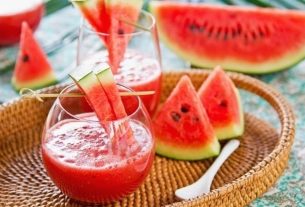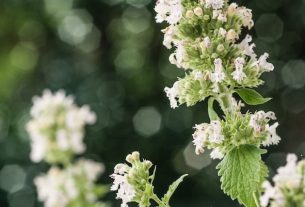Jambu is a plant native to the Amazon region rich in fiber, vitamin C, iron and potassium, nutrients that help prevent anemia and high blood pressure, as well as combat constipation.
Jambu, also known as Amazon cress, Pará watercress or wild cress, is widely used as a home remedy to help treat poor digestion, cold sores, cold sores, toothache and sore throat. This is because this plant has fungicidal, analgesic, antiseptic and digestive properties.
Furthermore, jambo is a vegetable with a slightly spicy flavor, being used raw or cooked in typical dishes such as tacacá and duck in tucupi, and in the preparation of salads, rice, cachaças and beers, for example.

Main benefits of jambu
The main health benefits of jambu are:
1. Fight mouth and throat infections
Because it has anesthetic and antiseptic properties, jambo is used as a home remedy for treating canker sores, cold sores, toothache and sore throat, fighting infections and relieving pain.
2. Control blood pressure
As it is a plant rich in potassium, a mineral that promotes the elimination of excess sodium circulating in the blood, jambo helps control blood pressure. See a list of foods rich in potassium.
3. Improve digestion
Jambo has digestive action and, therefore, when used in the form of teas, this plant improves the digestion of food, relieving symptoms such as excess gas, belching and nausea. Discover other home remedies for poor digestion.
4. Fight constipation
Jambo is a vegetable rich in fiber that stimulates natural bowel movements and hydrates the fecal cake, facilitating evacuation and combating constipation.
5. Avoid anemia
Jambo has good amounts of vitamin C and iron, which are important nutrients for the production of hemoglobin, one of the blood components that is responsible for transporting oxygen in the body and which is normally reduced in anemia.
6. Promote weight loss
Because it has a diuretic action, jambo can be used to prepare teas that help reduce fluid retention, promoting weight loss.
Furthermore, the fiber present in jambo leaves increases food digestion time, controlling hunger throughout the day and helping with weight loss.
7. Prevent premature aging
Jambu fruit helps prevent premature aging, as it is rich in flavonoids and saponins, which are bioactive compounds with antioxidant action that fight free radicals, one of those responsible for damage caused to the skin.
Furthermore, the vitamin C present in jambo also promotes the production of collagen, a protein responsible for maintaining the firmness and elasticity of the skin, preventing the appearance of wrinkles and sagging.
Nutritional information table
The following table contains nutritional information for 100 g of raw jambi:
To obtain the benefits from consuming jambo, it is essential to maintain a varied and balanced diet and practice physical exercise regularly.
How to prepare jambu tea
Jambu tea can be made with the leaves or flowers of this plant, being a good option to help treat toothache, mouth ulcers, sore throat, herpes and poor digestion.
Ingredients:
- 10 g of chopped fresh jambu leaves;
- 500 ml of water.
Preparation mode:
In a pan, boil the water. After turning off the heat, add the jambo leaves, cover the pan and let it rest for 5 minutes. Strain and drink 1 cup of this tea per day.
Jambu flowers can also be used raw to treat toothache. To do this, simply chew, without swallowing, 2 jambu flowers on the painful area for 2 minutes and then spit it out.
Healthy jambu recipes

Jambu leaves and flowers are used raw or cooked in recipes such as salads, rice, sauces and typical dishes such as tacacá and duck in tucupi, in addition to being used in the preparation of cachaça and beer.
1. Tacaca
Ingredients:
- 1 teaspoon of salt;
- 2 cloves of chopped garlic;
- 3 washed chicory leaves;
- ½ cup of sour cassava starch or cassava starch;
- 3 chopped chili peppers;
- 4 cups of water;
- 500 g of dried salted shrimp;
- 2 liters of tucupi (wild cassava root broth);
- 3 packs of washed jambu;
Preparation mode:
In a pan, place the garlic, salt, chicory, chili peppers and tucupi. Place over medium heat and, when it starts to boil, lower the heat, cover the pan and let it cook for 30 minutes. In another pan, boil 1 liter of water and add the jambu leaves, letting them cook until they are soft. Remove the pan from the heat and drain the jambo leaves.
Wash the shrimp well and place in a pan with 4 cups of water, letting it boil for 5 minutes. Drain the shrimp, reserving the water, and remove the shell and head. In a pan, mix the starch well with the shrimp cooking water and heat over low heat, stirring well until it reaches a porridge consistency. In a gourd, serve 1 shell of tucupi, with a little jambo leaves, porridge and shrimp.
2. Rice with jambu
Ingredients:
- 1 cup of rice tea;
- 1 cup of washed and chopped jambu leaves;
- 2 tablespoons of olive oil;
- 450 ml of boiling water;
- 2 cloves of chopped garlic;
- Salt and black pepper to taste.
Preparation mode:
In a pan, add 1 tablespoon of olive oil and 1 chopped garlic, sautéing for 2 minutes. Add the rice and stir some more. Add boiling water, salt and pepper. In another pan, sauté the remaining garlic in 1 tablespoon of olive oil and add the jambu leaves, stirring for 2 minutes.
Add the jambu leaves to the rice, mixing well. Finish cooking the rice and, when warm, serve with fish or chicken.
Who cannot consume
As it promotes contractions in the uterus, consumption of jambu is not recommended for pregnant women. People taking diuretic medications should not consume jambu
Furthermore, people using any type of medication should always consult a doctor before consuming jambo. This is because jambo can alter the effects of some medications.




